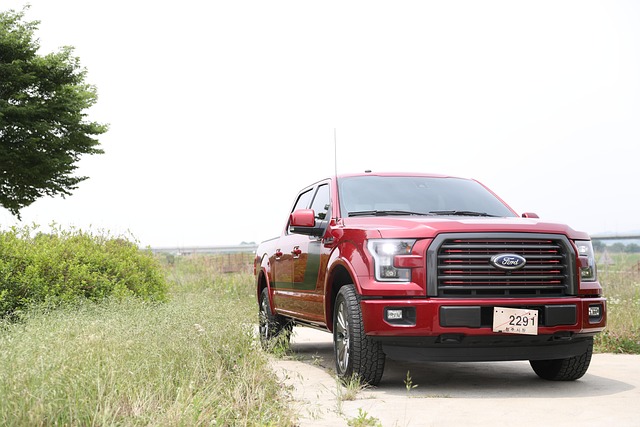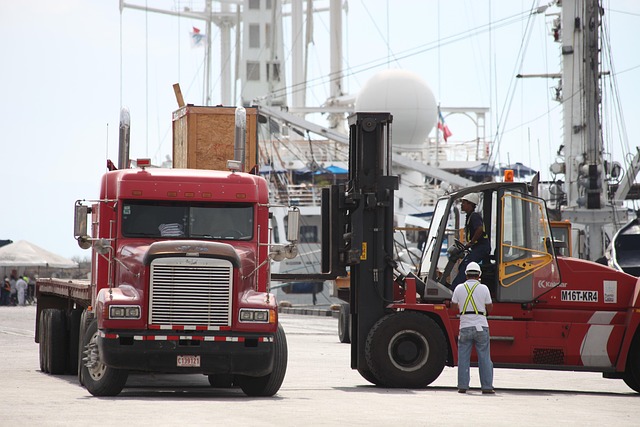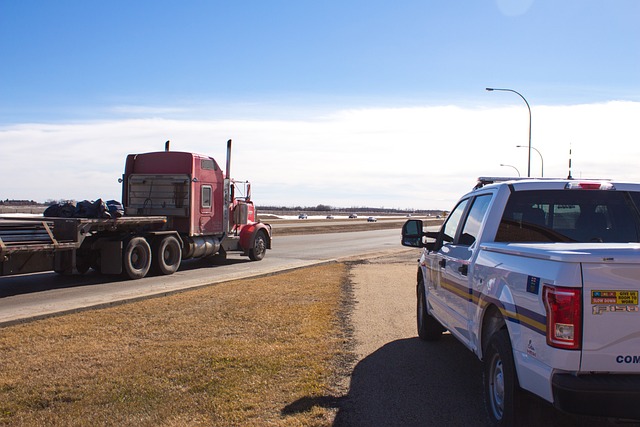Looking to register your car in California? This comprehensive guide walks you through the entire process, from understanding vital requirements to securing your vehicle’s unique VIN for DMV verification. We’ll detail the essential documents needed and step-by-step instructions on completing application forms accurately. Learn how to pay registration fees and receive your personalized license plate. Get ready to navigate California’s roads with ease!
- Understand California Vehicle Registration Requirements
- Gather Necessary Documents for Car Registration
- Visit the DMV: Steps for VIN Verification
- Complete Application Forms Accurately
- Pay Registration Fees and Receive Your Plate
Understand California Vehicle Registration Requirements

Before registering your car in California, it’s crucial to understand the state’s specific requirements for vehicle registration. The California Department of Motor Vehicles (DMV) mandates several steps and documents to ensure the accuracy and security of vehicle information. One key aspect is the DMV vin verification process, which involves checking the unique Vehicle Identification Number (VIN) to confirm the car’s authenticity and history.
A mobile vin verifier or performing a vin inspection can be helpful in this process by providing real-time data on the vehicle’s past owners, maintenance records, and any reported accidents or damages. Ensuring these steps are completed accurately and promptly is essential for a smooth registration experience.
Gather Necessary Documents for Car Registration

Before you begin the car registration process in California, it’s crucial to gather all the necessary documents. One of the most important is proof of vehicle ownership, typically a valid bill of sale or previous registration. Additionally, you’ll need your Vehicle Identification Number (VIN) for verification purposes—here’s where a mobile VIN verifier can be handy for a quick and convenient mobile vin inspection. The California Department of Motor Vehicles (DMV) requires this step to ensure the vehicle’s authenticity and to prevent fraud.
Don’t forget to bring along your valid driver’s license or state ID, as well as any required forms from the DMV. Ensure all documents are up-to-date and accurate to streamline the registration experience.
Visit the DMV: Steps for VIN Verification

To begin the registration process for your car in California, one of the crucial steps is visiting your local Department of Motor Vehicles (DMV) office for VIN verification. This procedure ensures that your vehicle meets all safety standards and legal requirements before it can be registered and driven on California roads. During this visit, a DMV inspector will physically inspect your car to confirm its identity using the Vehicle Identification Number (VIN).
You can streamline this process by scheduling a mobile vin inspection or verification service, which allows a certified professional to come to you. This is particularly convenient if you have difficulty transporting your vehicle to a DMV office. The procedures for both standard and mobile vin inspections are similar, focusing on checking the VIN accuracy, examining the vehicle’s components, and verifying that all documentation is in order.
Complete Application Forms Accurately

When registering your car in California, accuracy is key when filling out the application forms. Take your time to ensure all information is correct, as even minor errors can cause delays or issues down the line. The California Department of Motor Vehicles (DMV) requires a complete and accurate submission for a smooth registration process. One crucial step is to accurately record the Vehicle Identification Number (VIN) verification. This involves checking the VIN on the vehicle against the information provided in the application, ensuring it matches exactly. A mobile vin verifier can be a handy tool for this purpose, allowing you to perform a quick and convenient vin inspection right from your location.
Remember, attention to detail is essential. Double-check all data, including the make, model, year, and any identifying numbers on the vehicle. If there are discrepancies, it may trigger further inquiries or inspections by the DMV. A vin inspection is an integral part of the registration process in California, so make sure you have all the necessary details at hand before submitting your forms.
Pay Registration Fees and Receive Your Plate

After you’ve completed your vehicle’s registration application, it’s time to pay the required fees. The California Department of Motor Vehicles (DMV) charges a fee for registering your car, and this amount will vary depending on several factors such as the type of vehicle, its weight, and whether it’s new or used. You can typically pay these fees online, by mail, or in person at any DMV field office. Once your payment is processed, you’ll receive your registration documents and license plate.
The California DMV also offers a convenient service called VIN verification, which checks the vehicle identification number (VIN) against their records to ensure the car’s details are accurate and matches the registered owner. This process can be done online or through a mobile vin verifier for added convenience. It’s an essential step in ensuring that only legal and safe vehicles are registered on California roads, enhancing overall public safety during driving.
Registering a car in California is a straightforward process, provided you follow the necessary steps. By understanding the state’s requirements, gathering all essential documents, and accurately completing the application forms, you’ll be on your way to securing your vehicle’s registration. The DMV’s VIN verification step ensures accurate record-keeping, so it’s crucial to collaborate fully. Once approved, pay the fees and receive your unique license plate, marking the successful conclusion of your car registration journey in California.
